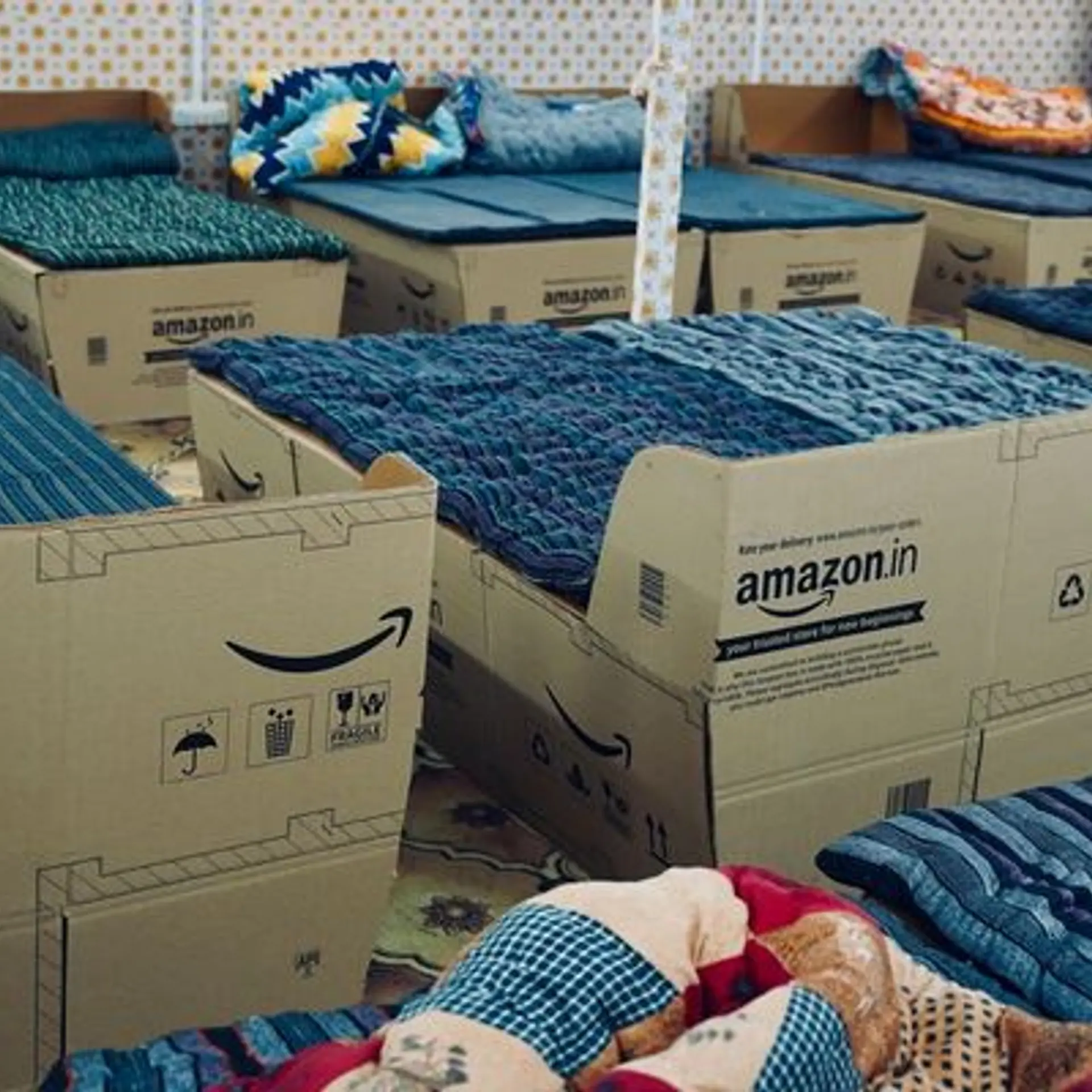Web 3.0: Exactly what you need to know about this new web iteration
Dive into Web 3.0: From browsing to blockchain, discover how the internet's latest evolution is reshaping our digital world. Click to explore!
In the digital era, where technology evolves faster than a tweet goes viral, understanding the web's evolution is crucial for staying ahead. From the static pages of Web 1.0 to the interactive platforms of Web 2.0, we've now entered the dawn of Web 3.0, a term that's buzzing more than a beehive in spring. Let's unpack this digital enigma and explore how it's set to revolutionise our online experience, making it more immersive, secure, and user-centric than ever before.
The Evolution: From Web 1.0 to Web 3.0
Web 1.0: The Digital Stone Age
Picture the web in the late '90s and early 2000s as a collection of static websites. It was a "read-only" era where interaction was minimal, and content was king, but dialogue? Not so much. Web 1.0 was like a digital library where you could browse but not touch.
Web 2.0: The Social Revolution
Enter Web 2.0, the interactive web. This iteration transformed users from mere spectators to participants, enabling them to create, share, and connect. Platforms like Facebook, Twitter, and YouTube didn't just change how we socialise; they redefined global communication. However, this era also raised concerns about data privacy and centralisation of power in the hands of a few tech giants.
Introducing Web 3.0: The Decentralised Web
Web 3.0, the latest buzzword, promises to address these concerns by leveraging blockchain technology, ensuring a decentralised, secure, and user-centric online environment. It's not just an upgrade; it's a paradigm shift. Web 3.0 is about creating a semantic web where machines understand data like humans, enabling more personalised and efficient interactions.
Decentralisation: Power to the People
At the heart of Web 3.0 is decentralisation. Unlike Web 2.0, where data is stored in centralised servers, Web 3.0 uses blockchain to distribute data across a network, enhancing security and reducing the risk of data breaches. This means more control for users over their data and less power for the tech oligarchs.
Surfing the Web: A New Wave of Experience
Web 3.0 will transform our browsing experience by integrating virtual reality (VR), augmented reality (AR), and artificial intelligence (AI). Imagine shopping online with a VR headset, walking through a virtual store, or using AI to get personalised shopping recommendations. The line between the digital and physical worlds will blur, making our online interactions more immersive and intuitive.
Optimising Data and Advertising
With Web 3.0, data optimisation and advertising will become more targeted and less intrusive. Thanks to blockchain, users can choose to share their data securely with businesses for a more personalised experience. This means ads that are more relevant to your interests and less of the "shot in the dark" approach seen in earlier web iterations.
Beyond the Horizon
Web 3.0 is not just about enhancing how we shop, socialise, or surf the web. It's about creating a more equitable digital ecosystem. From decentralised finance (DeFi) to non-fungible tokens (NFTs), it's paving the way for new economic models and opportunities.
As we stand on the brink of this new digital dawn, one thing is clear: Web 3.0 is not just an evolution; it's a revolution. So, whether you're a tech enthusiast, a digital marketer, or just someone who enjoys surfing the web, understanding Web 3.0 is not just beneficial—it's essential. Welcome to the future of the internet, where the possibilities are as limitless as your imagination. Let's embrace this new era and unlock our potential to navigate the digital world with confidence and curiosity.
Edited by Rahul Bansal







